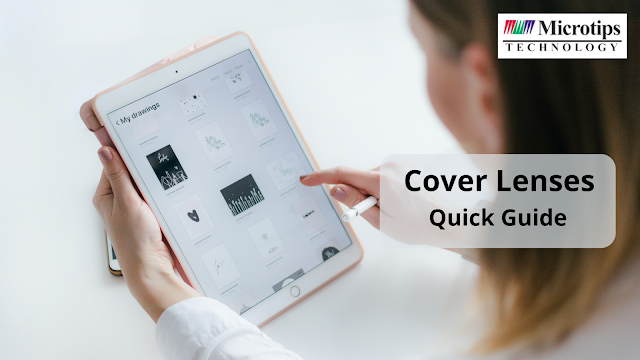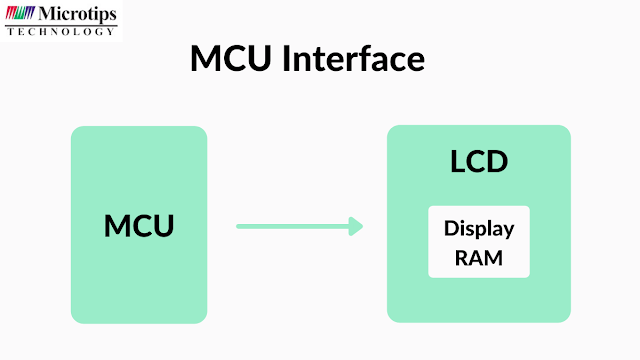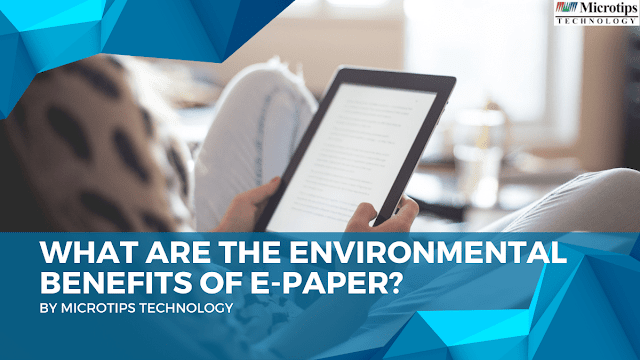Quick Guide On Cover Lenses
A lens cover or lens cap is a protection item to the electronic touch panel from any scratch or minor impact.
This article aims to provide some insights about the cover lens that goes on top of Touch panels. The cover lenses enhance the user-facing mechanical qualities of the product.
Describing The Cover Lens Customization
A cover lens is the top layer of capacitive touch panels. The modules of these capacitive touch panels are custom-built. It provides users the benefit of changing the appearance of their product.
Every industry has its unique touch panel, display, and sensitivity requirements. Thus, with customization, the users will be able to meet their demands. Cover glass can range from being ultra-thin to heavy-thick, which varies as per the applications.
There are two criteria for consideration for the customization of a cover glass:
● Cover Glass Thickness.
● The safety aspect of the glass.
Let us try to explain these custom design aspects for a clear understanding.
Cover Glass Thickness.
The thickness criteria totally depend on the mechanical and protection aspects. The value of the thickness of cover glass varies from 0.55mm, 0.7mm, 1.1mm, 1.8mm, 3mm, and 4mm. It is crucial to make the choice of the right thickness for the cover lens customization.
The Safety Aspect of the Glass.
The safety of glass is a vital and secondary aspect in the process of designing. Some of the two most popular options are:
● Chemically strengthened glass.
● Thermally tempered glass.
In both these options, the strength is great as a result of a post-production process. When chemically strengthened glass breaks, the glass will shatter in long splinters. But in the case of a thermally tempered glass breaking, the glass breaks into little granular chunks.
We are exploiting the levels of protection for developing some understanding of international standards and protection levels.
Impact Protection (IK) Rating
IK Ratings are an international numeric classification that can specify the levels or degrees of protection. In accordance with IEC 62262:2002 and IEC 60068-2-75:1997, the degree of the protection provided by enclosures for electrical equipment against external mechanical impacts.
IK00-Not protected
IK01-Protected against 0.14J (Joules) impact.
It is equal to the effect of 0.25 kg mass dropped from 56 mm above the impacted surface.
IK02 Protected against 0.2 J (Joules) impact.
It is equal to the effect of 0.25 kg mass dropped from 80 mm above the impacted surface.
IK03 Protected against 0.35 J (Joules) impact.
It is equal to the effect of 0.25 kg mass dropped from 140 mm above the impacted surface.
IK04 Protected against 0.5 J (Joules) impact.
It is equal to the effect of 0.25 kg mass dropped from 200 mm above the impacted surface.
IK05 Protected against 0.7 J (Joules) impact.
It is equal to the effect of 0.25 kg mass dropped from 280 mm above the impacted surface.
IK06 Protected against 1 J (Joules) impact.
It is equal to the effect of 0.25 kg mass dropped from 400 mm above the impacted surface.
IK07 Protected against 2 J (Joules) impact.
It is equal to the effect of 0.5 kg mass dropped from 400 mm above the impacted surface.
IK08 Protected against 5 J (Joules) impact.
It is equal to the effect of 1.7 kg mass dropped from 300 mm above the impacted surface.
IK09 Protected against 10 J (Joules) impact.
It is equal to the effect of 5 kg mass dropped from 200 mm above the impacted surface
IK10 Protected against 20 J (Joules) impact.
It is equal to the effect of 5 kg mass dropped from 400 mm above the impacted surface.
Different types of treatments for cover lens
❖ AG (Anti-Glare)
Anti-Glare is a type of treatment where a rough surface is formed on the cover lens by following an etching process. The light is dispersed at diverse angles when it will bounce through any rough kind of surface. This lowers the visibility of the image that is reflected and reduces the visibility of the reflected image. As a result, the user will not look at the bright glow of any type of reflected light source.
❖ AR (Anti-Reflection)
Anti-reflection is the procedure where a film or a coating of any certain thickness is applied for the covering of the cover lens. Since the film is reflected back to the customer, the reflection on the surface reduces with the cancellation of a specific wavelength of light.
A particular wavelength of light can pass through the AR object, some of the same are reflected back on the surface of the AR film (R1) and some of this light is reflected on the surface of another cover lens (R2). Because of the thickness of anti-reflection film, R1, and R2, the reflected wavelengths will perfectly be out of phase with each other and cancel them. So, the consumer can get to see a brighter and clear display rather than their own reflection.
❖ AF/AS (Anti-FingerPrint/Anti-Smudge)
This is one of those types of treatments that reduces the capacity of the cover lens for keeping the oils out of the finger. Anti-FingerPrint/Anti-Smudge treatment is applied with the decomposition of a vacuum or with a liquid chemistry procedure.
This creates an oleophobic top coating that will not allow the oil to absorb. In comparison to aftermarket AF/AS spray-on films, it is having a longer life span due to the chemical modification of the glass surface. Because of the thin layer, it has less effect or does not affect the quality of the display.
AF/AS treatments cannot eliminate the fingerprints in a direct manner. They will just trigger finger oils for beading on the surface, by making them less visible and very easy to clean off the screen.
The "feel" or user experience of the treated surface is another benefit of the AF/AS coating. When compared to a non-treated surface, the finger glides much faster and easier on the treated surface as it is much smoother.
The untreated surface of the cover lens can make the finger of the user stick, skip, and have a feeling like it is being dragged. This makes it very difficult to draw up a single line on the screen to make it a dotted line.
Conclusion
Cover lenses are a crucial aspect for the safety and the exclusive standard needs for every product. Displays are supposed to be clear and vibrant as one and all love colors that are sharp and true.
Microtips is a USA-based company that promises the best user experience and customer requirements in cover lense formation. We are a glass cover lens supplier with custom LCD, OLED, and capacitive touchscreen products.
Microtips USA offers full local engineering and design support. Our team of experts makes sure that the quality of color meets the needs of the graphics. We have a full R&D and manufacturing team in Taiwan and China. We provide the most cost-effective solution to our clients.
We can help you achieve your customized touch panel cover lense and manufacture the complete user interface assembly. Our experienced sales and technical staff assist you and are always happy to help. Send us your details and get your project done.




Comments
Post a Comment